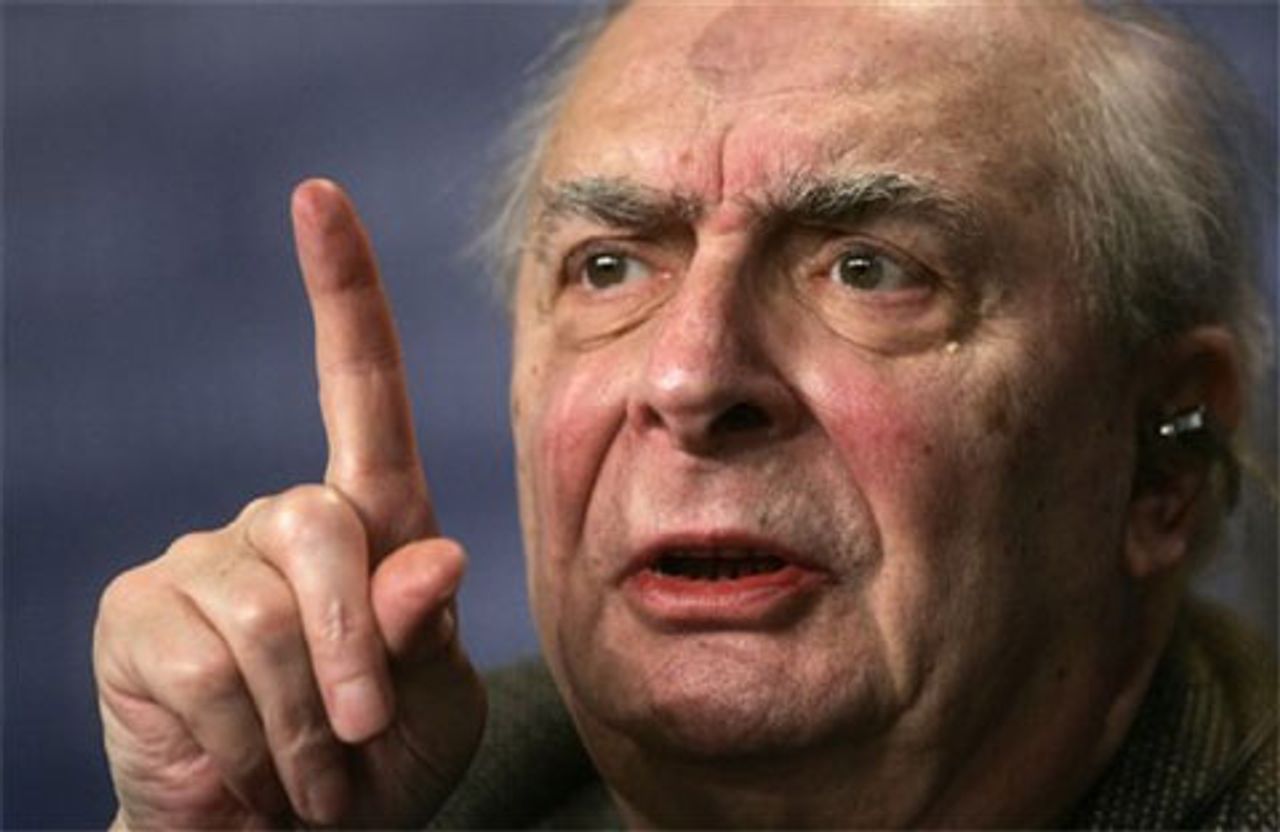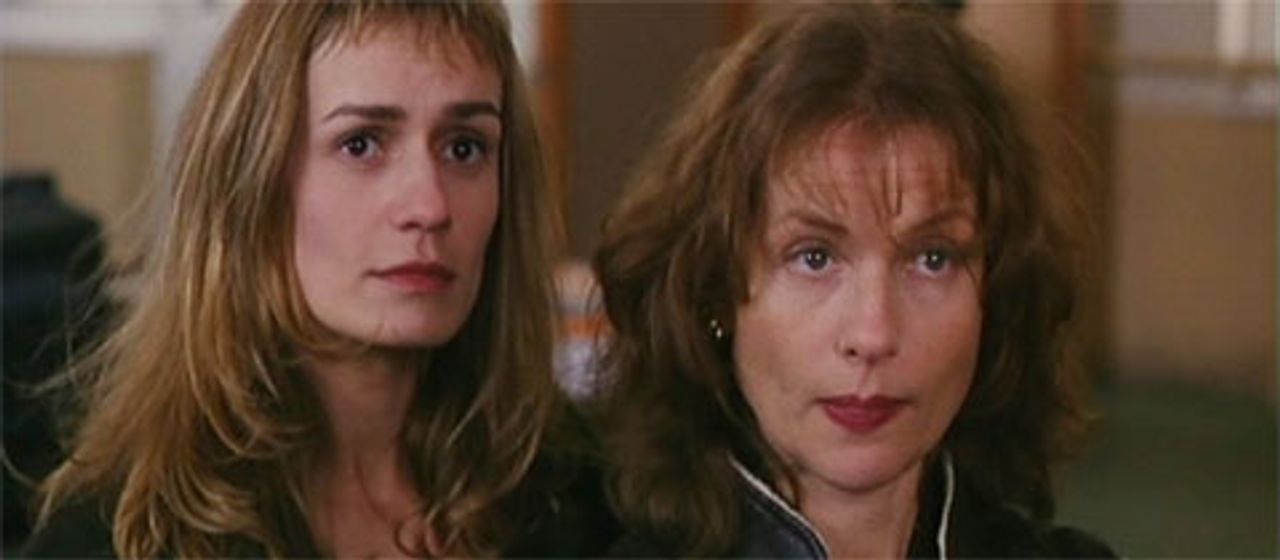 Claude Chabrol
Claude ChabrolClaude Chabrol, one of the giants of French and international cinema, died on September 12, at the age of 80. To the end of his life, he kept to a daunting work regimen, directing an average of a film a year.
Chabrol was part of that generation of young French film critics who, energized by the release of American films into their country after World War II, gathered in magazines such as Cahiers du Cinéma and Positif. Many soon turned to filmmaking to put their theories onto celluloid. Among these critics-turned-directors were Chabrol, Jacques Rivette, Eric Rohmer, François Truffaut, and Jean-Luc Godard; of this generation (known as the French New Wave), only Rivette, Alain Resnais, and Godard are still alive.
The critics around Cahiers examined closely—often shot by shot—the work of acknowledged artists such as Orson Welles, Roberto Rossellini, and Fritz Lang; but then, to the consternation of other, staid critics, the magazine began to pay attention to “studio” directors such as Howard Hawks, Nicholas Ray, Samuel Fuller, Otto Preminger, and—above all—Alfred Hitchcock. The overarching approach to the close reading of these directors’ films was les politique des auteurs—the “auteur theory.”
This doctrine held that the responsibility for all films—even those made under studio teamwork conditions—fell solely on the director, the auteur. It was basically an idealist approach to film that owed much to the Romantic view of art and music, which elevated the artist or musician to heroic status. Much of value came from the criticism in Cahiers (such as the seminal examination of Hitchcock in a book by Chabrol and Rohmer), but so did a great deal of hyperbole and overstatement.
In their book, Hitchcock: The First Forty-Four Films (1957), Chabrol and Rohmer (perhaps because of their own Catholic upbringing) went out of their way to find Catholic themes and motifs running through all of Hitchcock’s films. This was the first-ever book-length study of Alfred Hitchcock, and serious studies of crowd-pleasing directors were rare, so some of the enthusiastic overstatement and overreaching can be excused. Much was made of the director’s “moral universe” wherein the themes of “guilt,” “confession,” and “redemption” and the symbols of Christianity are continually replayed.
Of these themes that—true or not—Hitchcock unconsciously used in his films, the one that Chabrol would bring consciously into his work was “exchange of guilt.” This can be seen most obviously in Hitchcock’s Strangers on a Train (1951), with the protagonists exchanging crimes—and in my favorite of Chabrol’s films, La Cérémonie (1995), which the filmmaker jokingly called “the last Marxist film.”
 Sandrine Bonnaire and Isabelle Huppert in La Ceremonie
Sandrine Bonnaire and Isabelle Huppert in La CeremonieIn Chabrol’s film, an illiterate maid with an unknown, but possibly homicidal past forms a friendship with an impulsive, arrogant mail clerk with an equally suspicious past. The maid is played by Sandrine Bonnaire and the mail clerk by Isabelle Huppert, Chabrol’s frequent muse. As a consequence of their increasing friendship, toward the end of the film, the two commit a murderous act, coldly and amusedly, against the entire family of the maid’s employers as they sit in the living room of their country estate watching Mozart’s Don Giovanni on TV. The father, mother, son, and daughter are sitting on the couch properly dressed as though in the audience of an opera house, and the pair shoot them one after another. The maid and the postal clerk have played out the theme of “exchange of guilt.”
La Cérémonie encapsulates many of Chabrol’s themes and concerns. It has the director’s usual contempt for the upper middle class and more than an undercurrent of class conflict. There is the middle class at the dining table, with its sniping and trivial differences, an obligatory scene in most of Chabrol’s films, as well as either the noblesse oblige attitude or the humiliating treatment by the middle class toward their “inferiors.”
At several points, the mother is encouraged by the father to fire the maid after suspicious conduct, but the middle class wife cannot do without her servant, thus ensuring a tragedy. Chabrol’s outlook, however, on these scenes of class conflict is cynical rather than political. He regarded himself as a leftist, but class conflict is an end in itself here with nothing implied beyond it.
In the Christmas 1954 issue of Cahiers du Cinéma, in an article titled “Evolution of the Thriller,” Chabrol said, “And so the film thriller is no more: the novel likewise. The source has dried up; renewal is impossible. What is left but to go beyond it” (translation, Liz Heron).
Using much of Hitchcock’s aesthetic, Chabrol tried in his long productive career to go beyond the earlier thrillers. His 50-plus films ranged from adaptations of crime and detective novels by authors such as Ruth Rendell and Patricia Highsmith to a superb version of Flaubert’s Madame Bovary (1991), with Isabelle Huppert as Emma Bovary. He also did an incisive documentary on the collaborationist World War II French regime, The Eye of Vichy (1993), and much TV work. Like other prolific filmmakers such as R.W. Fassbinder, Chabrol’s work was uneven, with several embarrassing low points (La Route de Corinthe (1967), Ten Days Wonder (1971), etc.).
Judging by the bonus features on Chabrol’s DVDs, he seemed to be a joy to work for. On the production footage of these Extras, he demonstrates a easy-going, puckish manner and genuine rapport with his actors, especially Huppert. In the interviews, he betrays his cynical sense of humor.
Fortunately, much of Chabrol’s work is available on DVD. With his death, I expect much more will be released, and I urge readers to sample his films.
